Commercial HVAC design requires ductwork and dampers. Ducts act as pathways for air to move through the building, while dampers control flow through these pathways to ensure the air is moving in the right direction. Together, ducts and dampers guide airflow from the HVAC unit to every part of the building. Industrial HVAC also needs ductwork and dampers to move air. There are significant differences between these commercial and industrial systems that you should know.
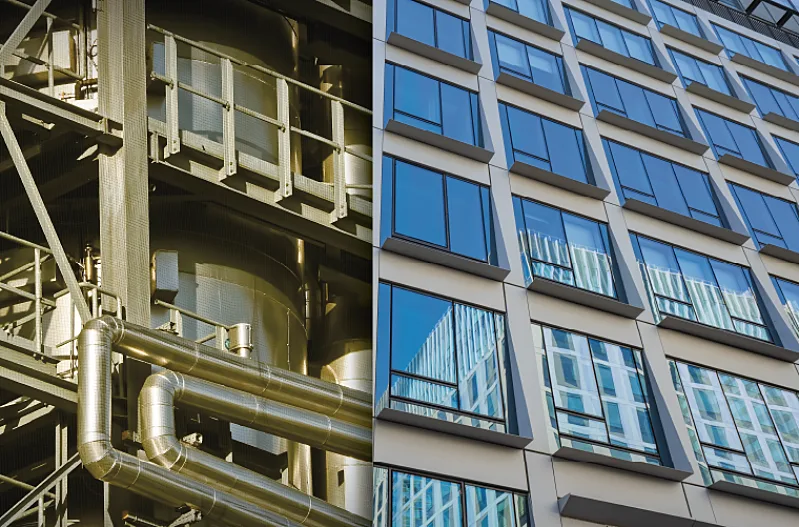
Complexity and Scale
Commercial and industrial HVAC projects contain zones. Think of zones as rooms or spaces in a building. When someone adjusts the thermostat, the system will deliver conditioned air to that zone. Zones reduce the amount of energy needed to keep occupied areas at the right temperature by focusing the system's efforts. Both systems will vary in complexity depending on the project. For instance, a shopping center will have many spaces to heat and cool while a manufacturing plant will only have a few spaces. The primary difference comes down to scale.
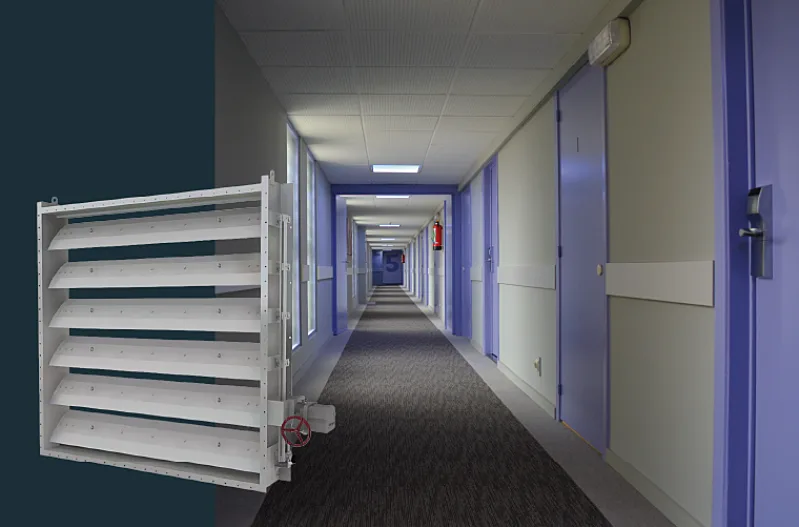
Industrial projects involve large, open areas that need temperature control. A manufacturing plant will have areas to fabricate and assemble products. Workers will need plenty of space to operate heavy equipment and machinery. They will also need adequate ventilation and the means to keep their workspace comfortable throughout the year. Industrial HVAC systems push massive amounts of air and direct that air to these zones. This requires equipment built for heavy duty airflow.
System Demands
Every HVAC system will have requirements. In commercial HVAC, the building will have several zones. For example, consider an office building with personal offices, meeting rooms, and breakrooms for employees. Commercial systems must pass airflow to multiple zones at once, to make sure everyone in the building is comfortable. There will be moments when the system needs to serve more than one zone at a time. This requires control dampers working to direct airflow to the right zones, and balancing dampers to maintain adequate air pressure across the system.

In industrial HVAC, the system will need to meet similar demands with much greater volume. An industrial HVAC system will need to condition larger spaces, often contending with heavy equipment that generates excess heat. Industrial systems will need heavy duty components. Manufacturers build industrial-grade dampers from heavy-gauge metals, such as structural aluminum and reinforced steel. Every part of the damper must withstand intense air pressures and high-velocity airflow, from the frame to the blades, to the axles and bearings that rotate the blades. These dampers will need specialized actuators to control their blades.
Comparing dampers, typical ratings for commercial HVAC control dampers are a maximum of 1 to 6 in. w.g. of air pressure, while industrial dampers withstand 20 in. w.g. or more of air pressure. These dampers will need to close against intense pressure. They are heavy dampers built for heavy-duty applications.
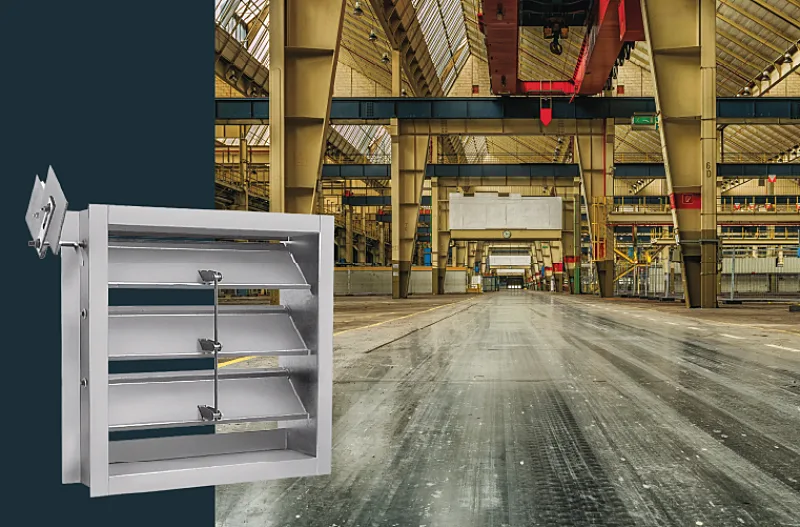
Installation
Heavy dampers will need special support. Installers will need to take care when lifting an industrial damper into place. These dampers will require a crane or similar machine to lift and place the damper. Industrial dampers will need heavy-gauge fasteners to attach the damper to the duct. The manufacturer supplies these fasteners. Even in an industrial setting, the damper may need more support.
For instance, an industrial damper will need a support structure in place when suspended between sections of the duct. Ensure that each damper has adequate support when installed. The damper should stay in place during standard operation, including when the damper opens and closes.
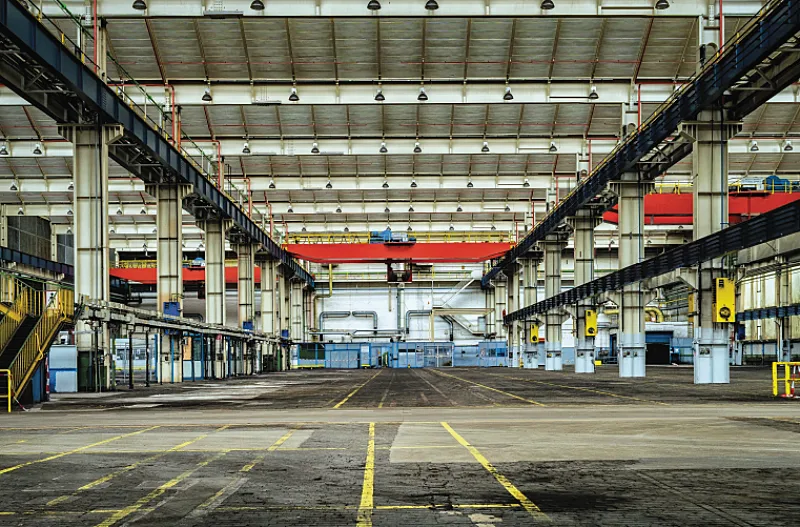
In comparison, commercial HVAC dampers are easier to install. Installers can easily lift a standard-sized damper on their own to mount it into place. Standard fasteners will secure the damper to the duct. Most times, commercial dampers will not need additional support.
Testing and Maintenance
AMCA 500-D testing determines the pressure drop and air leakage of commercial and industrial dampers. These two tests gauge how much pressure drop they cause when open and how much air leakage occurs when closed. They provide a complete picture of how the damper will perform during regular operations.
All dampers need regular maintenance to ensure they are working. Technicians will cycle the damper's actuator and check that the blades rotate without binding or seizing. A good maintenance schedule also includes regular cleaning. Make sure that all moving parts are free of grit. Moving parts may require lubrication to minimize friction. The manufacturer will provide a list of approved lubricants and a minimum frequency for performing maintenance. Naturally, technicians will need to exercise caution when handling heavy, industrial dampers.
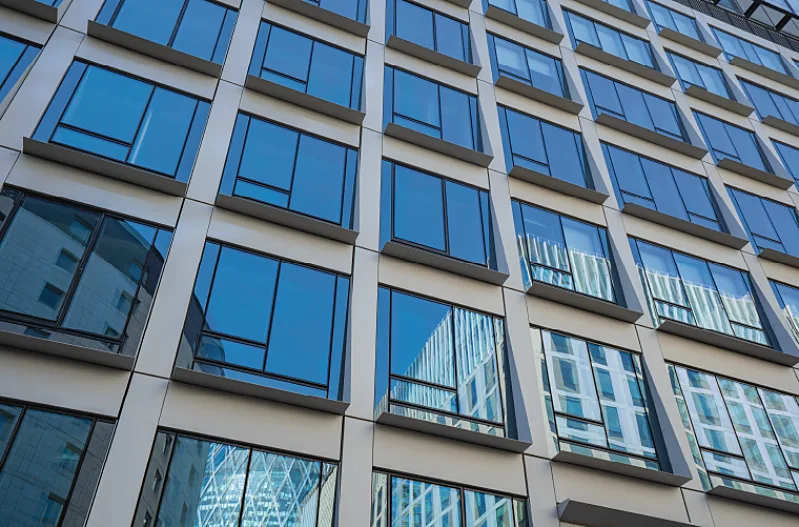
The Right Damper for the Task
What are you planning to build? Industrial projects include warehouses, manufacturing plants, foundries, and other projects with heavy duty requirements. Large commercial projects get partitioned into smaller spaces. There may be large spaces in a commercial project, like the screening room of a movie theater, but you won't need industrial dampers to ventilate these spaces. By understanding the needs of your project, you can select the best dampers to meet those needs.
AWV and Industrial Dampers
Manufacturers build tunnel dampers for heavy-duty airflow. These dampers can also help you fulfill industrial requirements. At AWV, we custom-build every damper to meet your project's needs. Whether you are starting a commercial project, or something industrial, AWV can provide the best dampers to meet your HVAC requirements. Contact AWV today for details.





